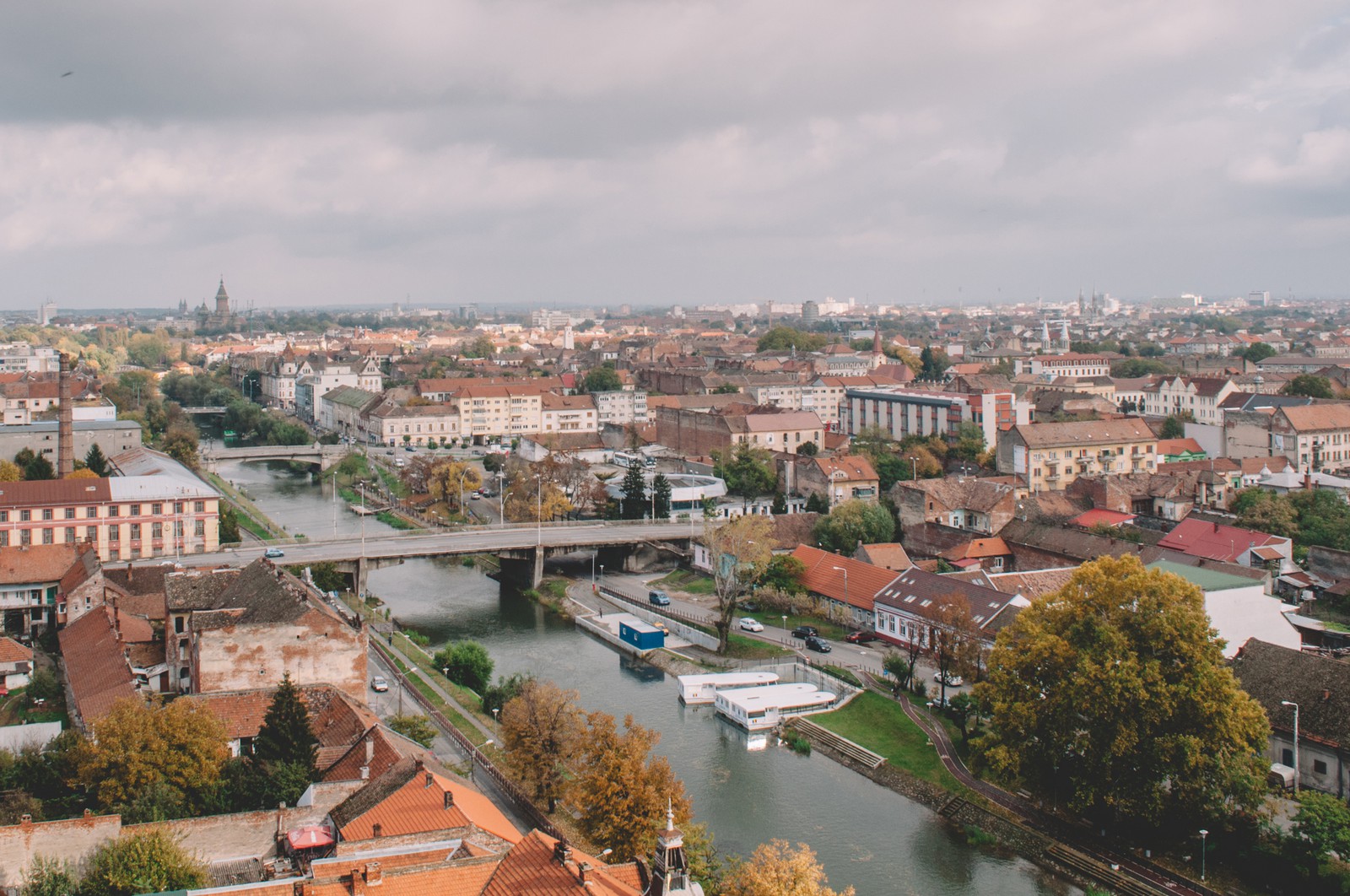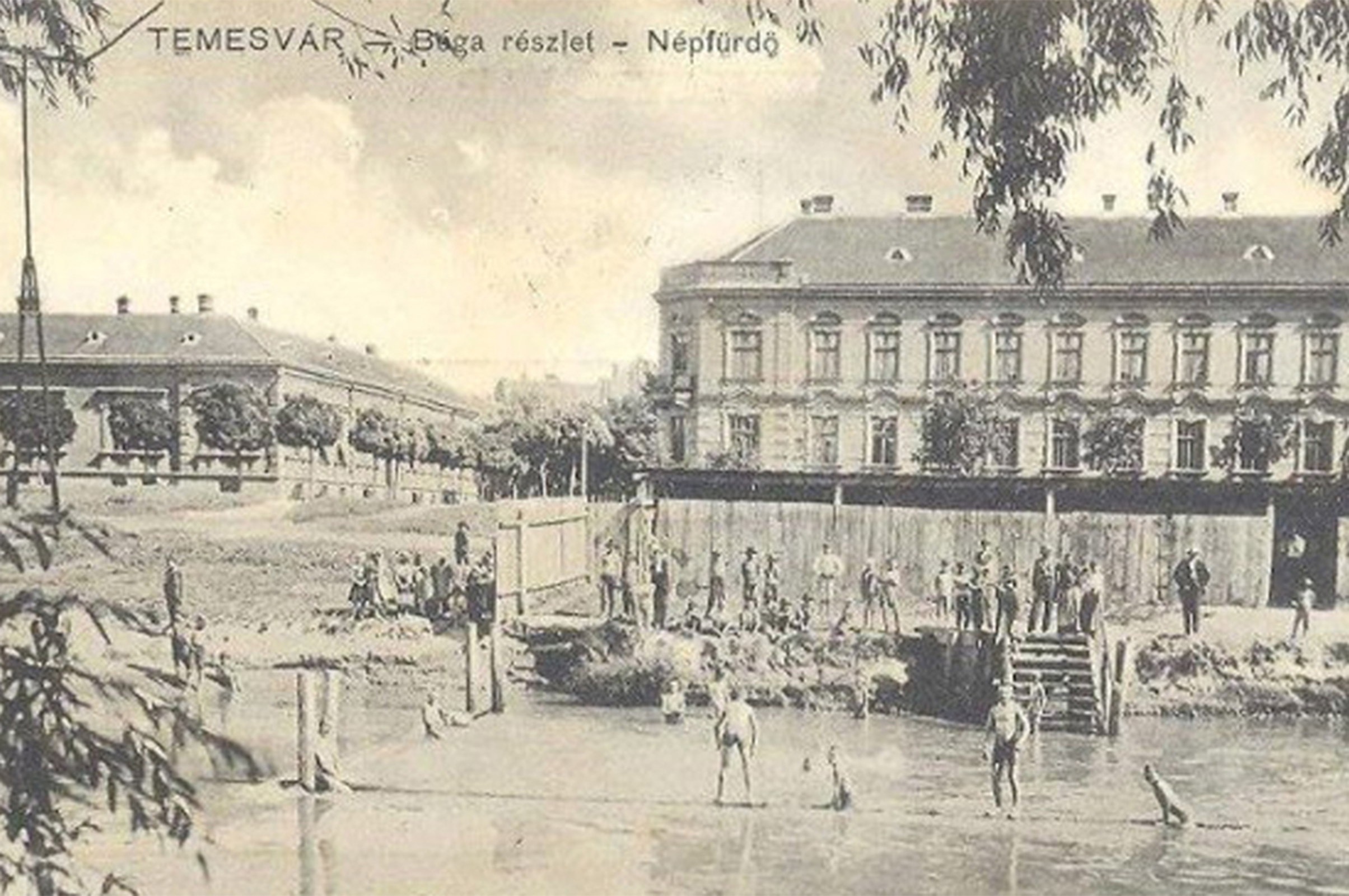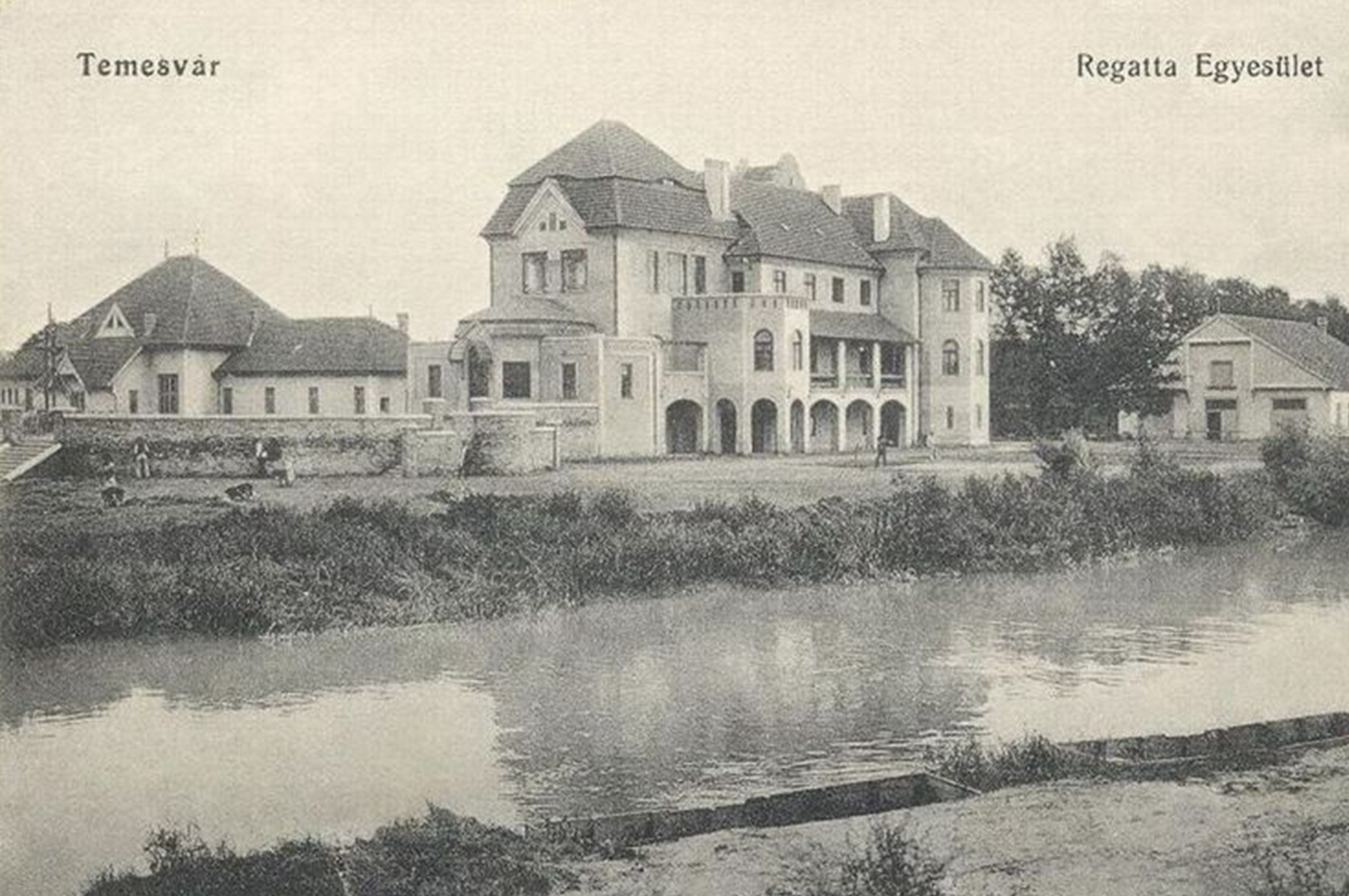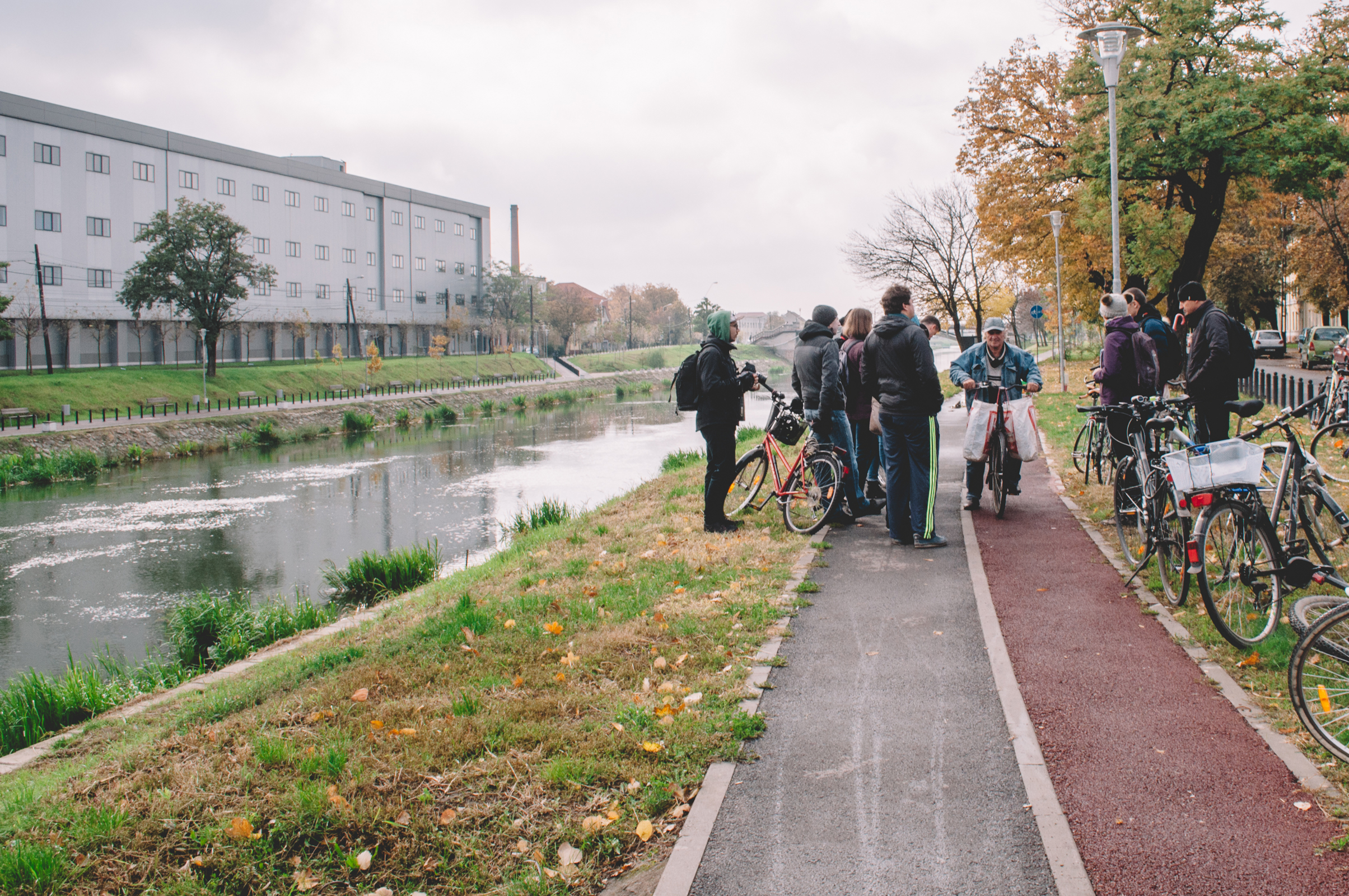
The cities and the water
Places with water have always left a strong impression in public consciousness, most natural reaction considering the survival of a community has largely depended on the existence of such sites.
Fast modernization of cities and the introduction of water supply systems in each dwelling has, for a time, eclipsed the direct relationship of city inhabitants with the rivers and lakes around which their communities have developed. From a source of life, the flowing waters of cities have turned into navigational pathways and into easy ways of expeling household waste and unwanted objects, thus reducing water quality and limiting the benefits that urban inhabitants should enjoy around bodies of water. Timisoara also went through this sequence of relationing with its own navigation channel, as Bega was transforming from a lively playground and a place of commerce into a barrier separating the two hemispheres of the city, a barrier crossed only by beautiful bridges.
At international level there is a tendency to re-analyze the importance of wet areas (rivers, channels, lakes, and new landscapes) in city life. From Amsterdam to Venice, from Lisbon to Bucharest, there is a continuing struggle to bring back the presence of water in the vicinity of public life. The positive psychological effects of this human-water link are reflected not only in the well-being of social life but also have a positive economic impact on communities that know how to emphasize this relationship. Methods of revitalizing the banks and areas adjacent to the water vary depending on each case, oscilating from large-scale urban plans to punctual interventions.




For nearly two hundred years (since 1723), the Bega canal was the main freight transport route in Timisoara and Banat, but also one of the water supply sources (although fountains were the main supply of drinking water for the population). It is only at the beginning of the 20th century that the first water supply and sewerage infrastructure are developed in Timisoara, works attributed to the engineer Stan Vidrighin (this was such a vital project for the community that a few years later the same engineer became the first Romanian mayor of Timisoara).
It was just recently that the Bega channel, alongside new pedestrian and bicycle paths that follow the banks, was prioritized, returning to city dwellers' focus this space that is so important in the formation of the city and the development of local community. To strengthen this route there are pockets of vegetation and parks, as well as commercial anchors that offer opportunities for social life, while satisfying various types of hobbies and activities.
For Timisoara and its inhabitants, the Bega Channel remains as important today as it was hundreds of years ago. The activities developed around Bega banks may have changed(from factories and craft work to different service segments) but it did so without diminishing the importance of the channel in the city's configuration, for inhabitants' health or for future's touristic development.
Sources:
- Navigația pe Bega, Marlen Negrescu & Dan Pura
- A Pattern Language, Christopher Alexander
- Roombeek the Brook, Buro Sant Eco, de Arhitectura magazin nr. 37; pages 30-35